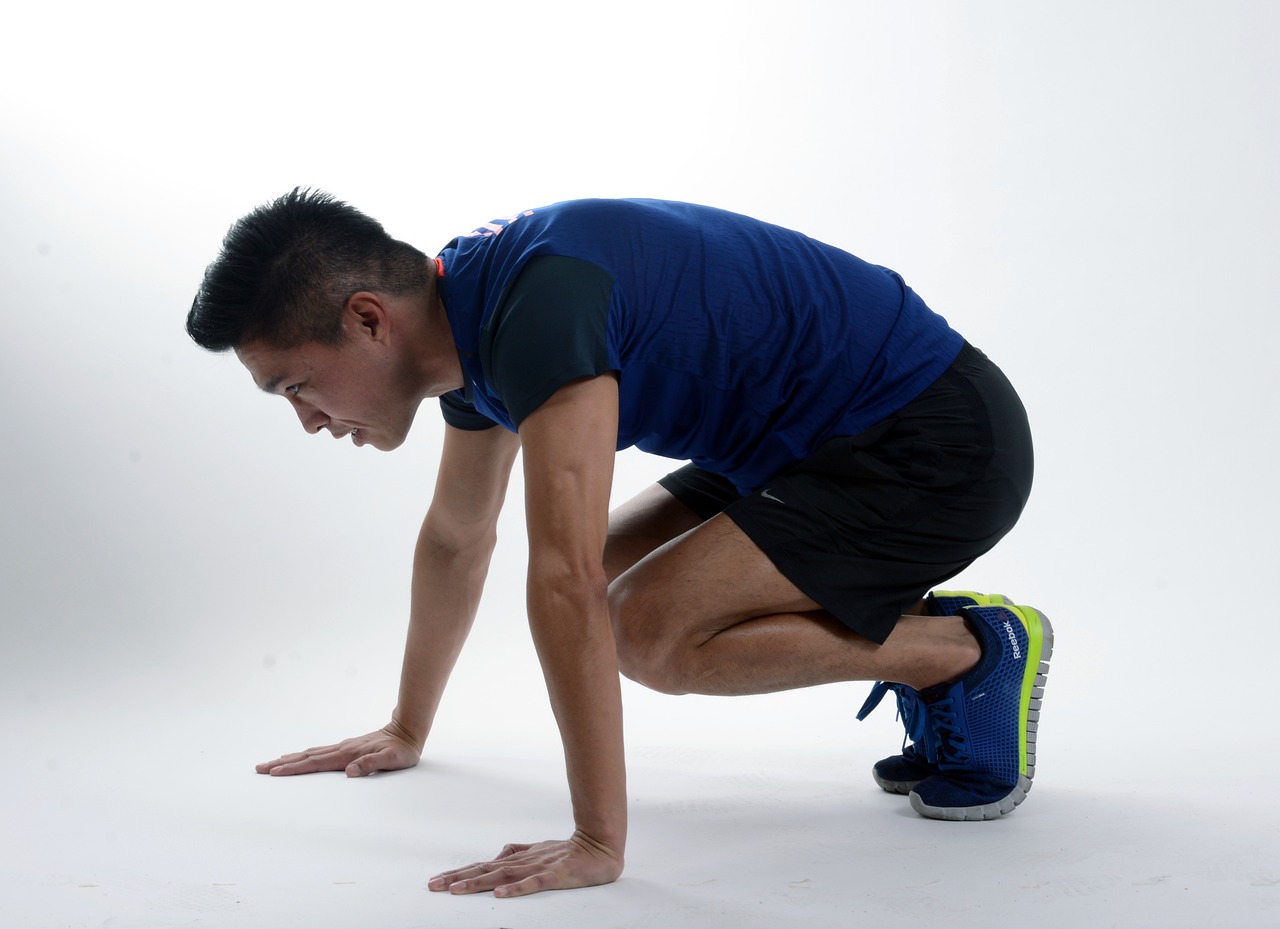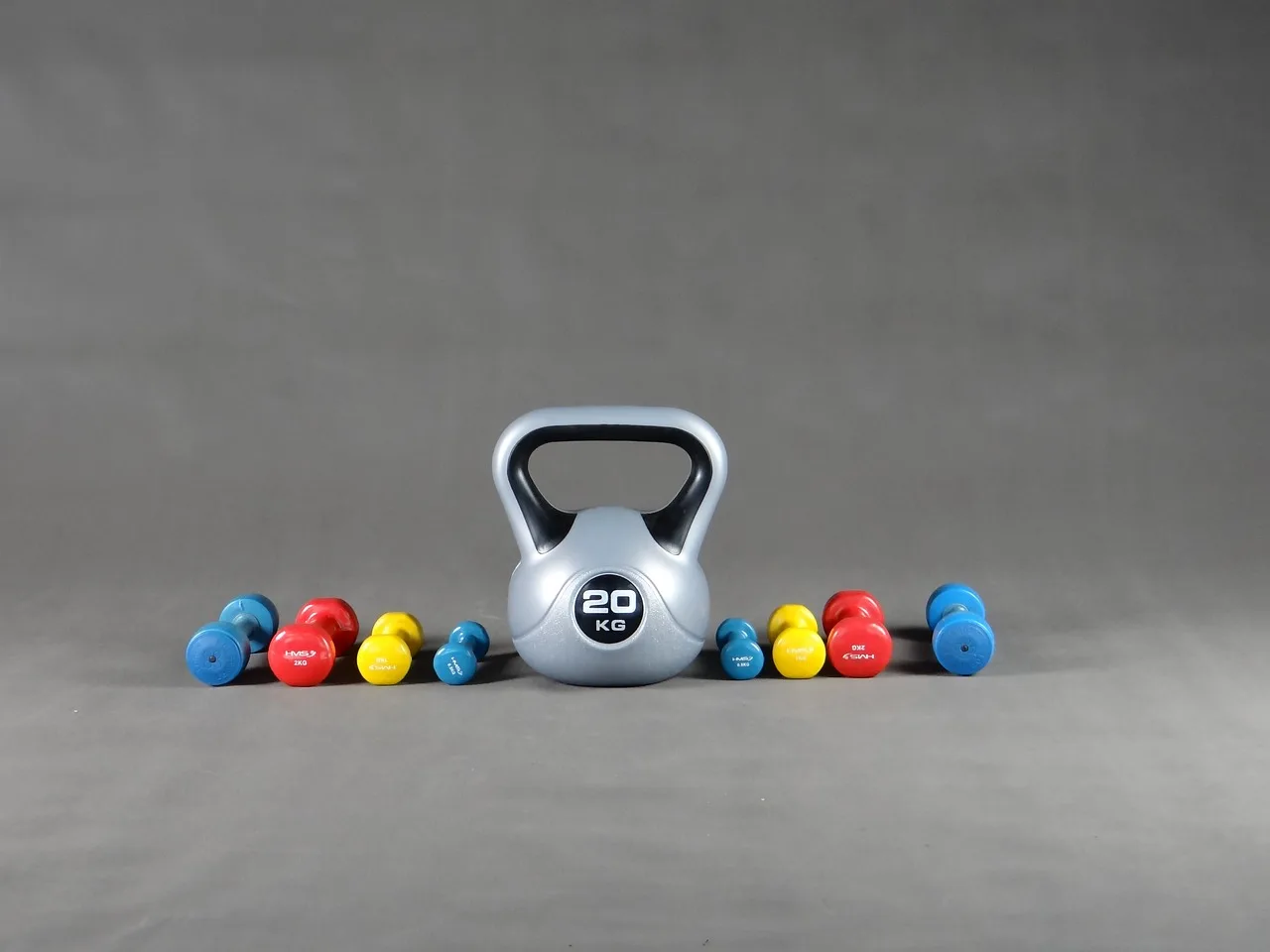In the fitness world, mountain climbers and burpees are two of the most popular exercises. They both provide a high-intensity workout and have been favored by fitness enthusiasts looking to challenge themselves. However, many people often confuse the two exercises or consider them to be the same. In this article, we will explore the key differences between mountain climbers and burpees, their benefits, and how to perform them correctly.
Key Takeaways:
- Mountain climbers and burpees are both high-intensity exercises that engage different muscle groups.
- Understanding the benefits of each exercise can help you tailor your fitness routine to your goals.
- Learning the proper technique and variations of mountain climbers and burpees can help you avoid injury and maximize your workout.
Benefits of Mountain Climbers
Mountain climbers are a versatile and effective exercise that offer numerous benefits for overall fitness.
Improved cardiovascular endurance: Mountain climbers get your heart rate up and provide a cardiovascular challenge that builds endurance over time.
Engages multiple muscle groups: This exercise engages your core, glutes, legs, and arms, making it a full-body workout.
Enhances core strength: Mountain climbers require you to maintain a stable core, improving your overall core strength and stability.
Contributes to calorie burning: Because mountain climbers are a high-intensity exercise that engage multiple muscle groups, they are excellent for burning calories and aiding in weight loss.
Overall, mountain climbers are an excellent exercise for anyone looking to improve their cardiovascular endurance, engage multiple muscle groups, strengthen their core, and burn calories.
Benefits of Burpees
Burpees are a highly effective exercise that offer numerous benefits. Here are a few of the ways that adding burpees to your fitness routine can enhance your physical health:
Full-Body Strength
Burpees engage multiple muscle groups throughout the body, making them an excellent choice for building strength and endurance. This exercise targets the chest, triceps, shoulders, abs, glutes, and hamstrings, helping you achieve a toned and fit physique.
Explosiveness
Because burpees involve a quick and explosive movement, they can help you improve explosiveness and power. This can translate into better performance in other athletic activities, such as running, jumping, and lifting.
Coordination
Performing burpees requires coordination and agility, as you must move quickly between different positions. This can help improve overall coordination and balance, and may reduce the risk of falls or other injuries.
Cardiovascular Challenge
Burpees are a high-intensity exercise that can elevate your heart rate quickly and provide a cardiovascular challenge. By incorporating burpees into your workout routine, you can improve your endurance and overall cardiovascular health.
Overall, burpees are a versatile exercise that can provide a range of physical benefits. Whether you’re looking to build strength, improve coordination, or increase cardiovascular endurance, incorporating burpees into your workout routine can help you achieve your fitness goals.
How to Do Mountain Climbers
Mountain climbers are a great exercise for building endurance, increasing heart rate, and targeting the core and lower body muscles. To perform mountain climbers correctly, follow these steps:
- Start in a plank position: Begin on your hands and knees and extend your legs behind you until you are in a push-up position. Your arms should be straight and your hands should be shoulder-width apart.
- Bring your knees to your chest: Alternating your legs, bring your right knee up to your chest, then return it to the starting position. Repeat this motion with your left knee.
- Continue the motion: Alternate bringing your knees to your chest as if you are “running” in place. Keep your core engaged and your back flat throughout the exercise.
Remember to breathe deeply and get into a rhythm as you perform mountain climbers. Avoid common mistakes such as letting your hips sag or bringing your legs too high. To add variety to your mountain climber routine, you can try different variations such as cross-body mountain climbers or mountain climber jumps.
How to Do Burpees
Burpees are a full-body exercise that can be performed anywhere, making them a popular choice for many people. Here’s a step-by-step guide on how to do burpees:
- Start in a standing position with your feet shoulder-width apart.
- Bend down and place your hands on the ground, shoulder-width apart.
- Jump your feet back, landing in a plank position.
- Lower your body towards the ground, then push back up into a plank position.
- Jump your feet forward towards your hands, and stand up.
- Elevate your body up and jump as high as you can with your arms extended above your head.
- Land and repeat the process.
Ensure you maintain proper form to avoid injury. Keep your core tight, your back straight, and your knees in line with your toes. Also, remember to breathe throughout the exercise.
Variations of burpees include:
- Burpees with push-ups: add a push-up after lowering your body towards the ground in step 4.
- Single-leg burpees: perform steps 1-3 as usual, but lift one leg as you jump your feet back into a plank position.
- Burpees with a tuck jump: perform steps 1-5, but tuck your knees towards your chest when you jump up in step 6.
Try different variations to add variety to your workout and challenge your body in new ways.
Muscle Groups Targeted in Mountain Climbers and Burpees
Mountain climbers and burpees are both challenging exercises that engage multiple muscle groups, contributing to overall fitness and strength. Here we will explore the specific muscle groups targeted in each exercise to help you understand their benefits better and determine which one best suits your fitness goals.
Muscle Groups Targeted in Mountain Climbers
Mountain climbers predominantly target the core, shoulder, and leg muscles. The core muscles, including the rectus abdominis, transverse abdominis, and obliques, work to stabilize the body during the movement. The upper body muscles, including the deltoids, triceps, and pectoral muscles, engage to maintain the plank position, while the leg muscles, including the quads, glutes, and hamstrings, help with the leg movement.
Additionally, mountain climbers provide a cardiovascular challenge, helping to improve endurance and burn calories.
Muscle Groups Targeted in Burpees
Burpees are a full-body exercise that targets several major muscle groups, including the chest, shoulders, triceps, quads, glutes, hamstrings, and core muscles. During the exercise, the chest, shoulders, and triceps engage during the push-up portion, while the leg muscles work during the squat and jump phase. The core muscles engage throughout the movement to stabilize the body and maintain proper form.
Burpees also provide a cardiovascular challenge and contribute to developing explosiveness and coordination.
Conclusion
Choosing between mountain climbers and burpees can seem daunting, but it ultimately comes down to your fitness goals and personal preferences. Both exercises offer a challenging and effective way to improve your fitness, target multiple muscle groups, and burn calories.
Mountain climbers are ideal for building core strength, improving cardiovascular endurance, and targeting the lower body muscles. On the other hand, burpees are great for promoting full-body strength, enhancing explosive power, and testing your coordination.
Before adding these exercises to your workout, be sure to consult with a fitness professional to ensure proper form and avoid injury. By incorporating mountain climbers and burpees into your fitness routine, you will see significant improvements in your overall health and fitness.
FAQ
Q: What is the difference between mountain climbers and burpees?
A: Mountain climbers and burpees are both high-intensity exercises, but they have different techniques and target different muscle groups. Mountain climbers involve a plank position with alternating knee drives, primarily targeting the core, shoulders, and legs. On the other hand, burpees combine a squat, plank, push-up, and jump, engaging the entire body, including the chest, arms, legs, and core.
Q: What are the benefits of mountain climbers?
A: Mountain climbers offer several benefits. They engage multiple muscle groups simultaneously, including the core, shoulders, and legs, making them an efficient exercise for overall strength. Mountain climbers also improve cardiovascular endurance and can be an effective calorie-burning exercise. Additionally, they can help improve coordination and stability.
Q: What are the benefits of burpees?
A: Burpees provide numerous benefits for overall fitness. They promote full-body strength as they engage the chest, arms, legs, and core. Burpees also increase explosiveness and power, making them a great exercise for athletes. Additionally, they offer a cardiovascular challenge, helping to improve endurance and burn calories.
Q: How do I do mountain climbers?
A: To do mountain climbers, start in a plank position with your hands on the ground, directly under your shoulders. Alternate bringing each knee in towards your chest, keeping your core engaged and your body in a straight line. Move at a steady, controlled pace, maintaining proper form throughout the exercise. There are also variations of mountain climbers, such as cross-body mountain climbers, where you bring your knee towards the opposite elbow, adding an oblique twist to the exercise.
Q: How do I do burpees?
A: To perform a burpee, start in a standing position. Lower your body into a squat position and place your hands on the ground in front of you, just outside of your feet. Kick your feet back behind you, landing in a plank position. Perform a push-up, then quickly bring your feet back towards your hands and jump explosively into the air. Land back in the starting position and repeat. It’s important to maintain proper form, keeping your back straight and core engaged throughout the exercise. There are variations of burpees, such as adding a tuck jump or a knee tuck at the end of the movement.
Q: Which muscle groups do mountain climbers and burpees target?
A: Mountain climbers primarily target the core, shoulders, and legs. They engage the abdominal muscles, obliques, deltoids, quadriceps, and hamstrings. Burpees, on the other hand, engage a wider range of muscle groups. They work the chest, triceps, shoulders, quads, glutes, and core. Burpees also provide cardiovascular benefits, challenging the cardiovascular system and improving overall endurance.
 Skip to main content
Skip to main content


